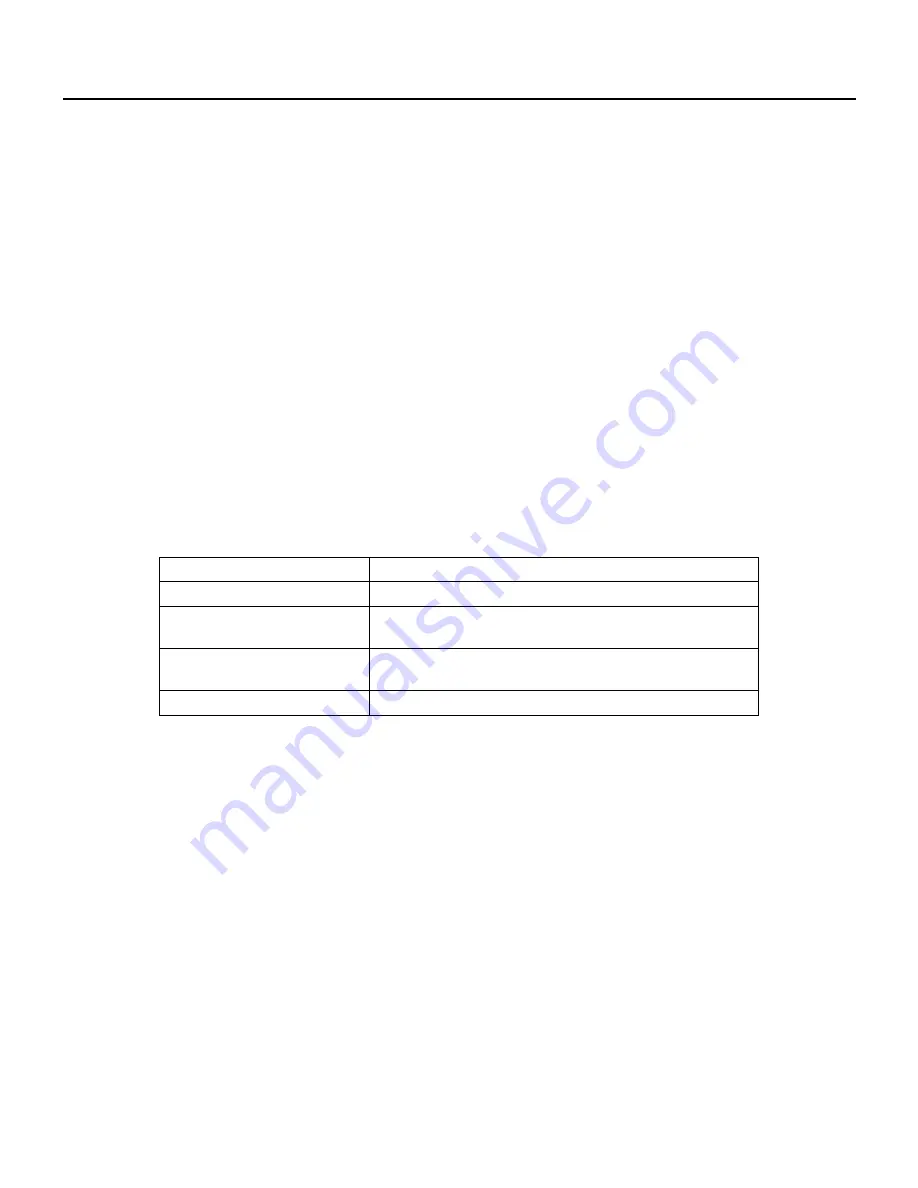
UMAX090690. Version: 1.2 Preliminary Documentation
– May Be Subject To Change
6-37
1. INTRODUCTION
The battery charger is designed to autonomously charge dual sided batteries. The AX090690
model can charge dual 12V batteries with a maximum charging current of 1.25A
Once programmed, the charger does not require any operator’s involvement in the charging
process; the charger automatically recognizes the presence of the battery, charges the battery to
the maximum capacity, and automatically maintains the battery charge if the charger is connected
to the power line. The charger will continue to charge the battery even if disconnected from the
J1939 CAN network.
When the charger is disconnected from the power line it automatically switches off, protecting the
batteries from discharge.
There are three main charge modes
– Precharge Mode, Bulk Charge Mode, and Constant Voltage
Charge Mode
– along with Float Mode for maintaining charge. Temperature sensing using an
auxiliary temperature sensor or through the J1939 network protects batteries from overheating,
shutting down the charging process if the battery temperature exceeds a certain level.
An internal red-green LED indicator on the front panel of the charger is used to monitor the internal
state of the charger. The charger states and corresponding LED indications are described in Table
1.
LED State
Description
Red/Green (Flashing)
Idle.
Green (Flashing)
At least one charger is in the precharge, bulk
charge, or constant voltage stage.
Green (Solid)
Both Chargers have completed charging and
are in the Charge Termination (Float) stage.
Red (Solid)
At least one charger has experienced a fault.
Table 1 - Charger LED State Values
Note that the LED indication prioritizes Fault state above all else, followed by active charging. This
means that for example, if Charger 1 is finished charging, but Charger 2 is still charging its battery,
the LED will stay blinking green until both are finished.
If connected to the J1939 CAN network, the charger continuously transmits its internal state,
charging current and the battery voltage. It can also use the J1939 network to acquire the battery
temperature and to perform any user specific functions on demand. The battery charger also
supports J1939 regular node functions, including address claiming, PGN responses, etc.
The RS232 interface of the charger allows the user to change the battery type, program battery
charger setpoints, flash the new software, and watch an internal state of the charger using one of
the standard terminal emulation software (Tera Term, Hyperterminal, etc.).





















